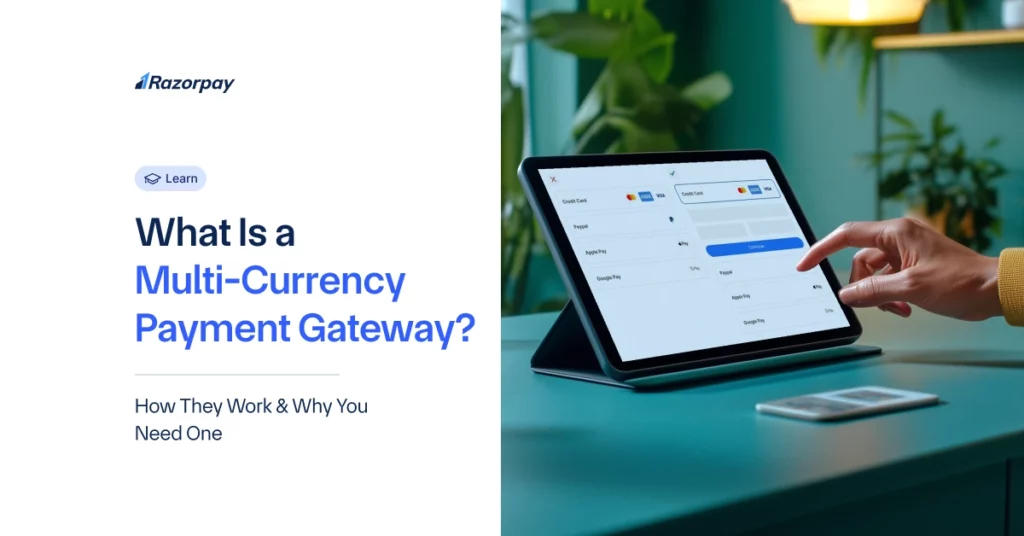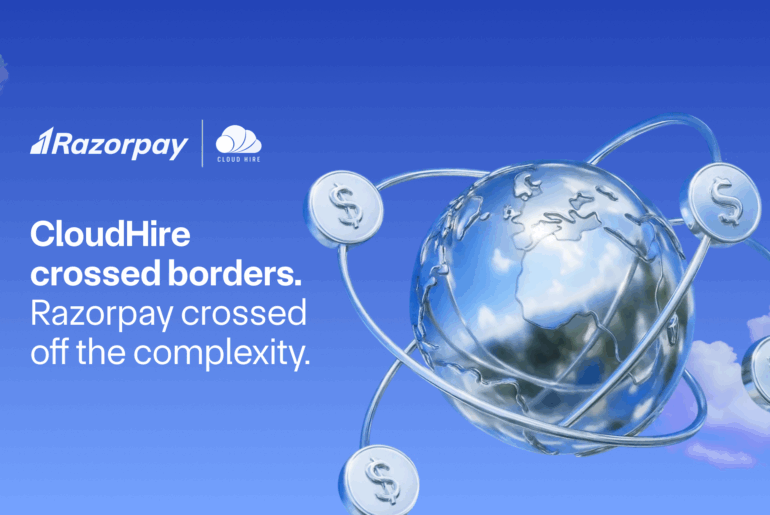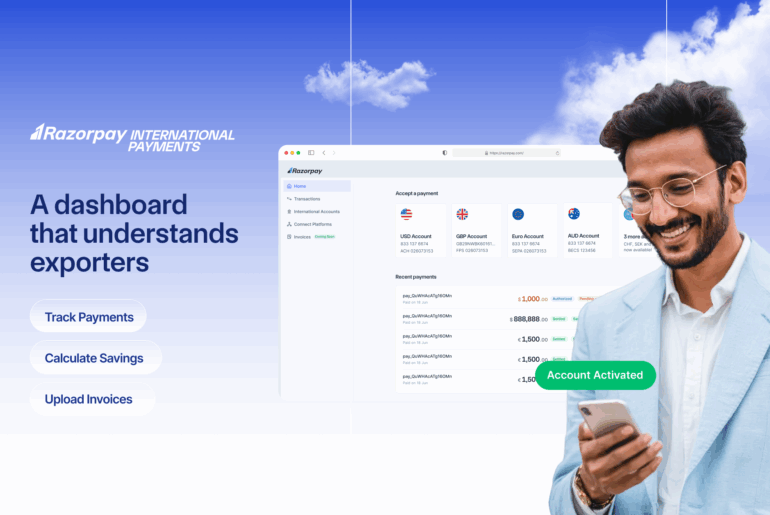A multi-currency payment gateway enables businesses to accept international payments from global customers. It acts as a bridge between a business’s website and various international payment methods. This system automatically converts currencies, often using real-time exchange rates, streamlining the payment process and minimizing conversion fees. By supporting transactions in multiple currencies, businesses can expand their market reach, improve customer satisfaction, and efficiently manage international sales.
Table of Contents
Benefits of Using a Multi-Currency Payment Gateway
1. Saves Costs
By utilizing a multi-currency payment gateway, businesses can significantly reduce transaction costs associated with cross-border payments. These gateways often provide competitive exchange rates and minimize currency conversion fees, allowing merchants to optimize their pricing strategies and improve overall profitability.
2. Better User Experience
Presenting prices in a customer’s local currency creates a seamless and personalized shopping experience. It eliminates confusion over exchange rates and instills trust, leading to higher conversion rates and customer satisfaction. Multi-currency payment processing ensures customers feel confident and comfortable throughout the purchase journey.
3. Enhanced Security
Reputable multi-currency payment gateways prioritize security and compliance. They adhere to stringent industry standards, such as PCI-DSS, and employ advanced encryption and tokenization techniques to safeguard sensitive customer data. With robust fraud detection and prevention mechanisms, businesses can mitigate risks associated with international transactions.
How a Multi-Currency Payment Gateway Works?
Understanding the inner workings of a multi-currency online payment gateway is crucial for businesses looking to implement this solution. Here’s a step-by-step breakdown of the process:
1. Currency Selection:
Customers can select their preferred currency during checkout on the e-commerce site. Displaying prices in the customer’s local currency provides a localised and more comfortable shopping experience.
2. Exchange Rate Conversion:
The payment gateway automatically converts the transaction amount from the merchant’s base currency to the customer’s chosen currency using real-time exchange rates. This conversion ensures accurate pricing and transparency for the customer. Note that the exchange rate may include a small markup or fee from the payment processor.
3. Payment Processing:
The customer enters their payment details, such as credit card information or digital wallet credentials, which are securely captured by the gateway. The gateway then sends the payment details to the appropriate payment processor, typically the business’s bank, through a secure channel.
4. Authorisation Request and Response:
The payment processor analyses the information and determines the relevant payment network (e.g., EFTPOS or credit card provider). It then sends an authorisation request to the customer’s bank or card provider. The customer’s bank verifies if sufficient funds are available and sends an authorisation response (approved or declined) back to the payment processor. Fraud detection procedures occur during this step to ensure the payment request is legitimate.
5. Fund Settlement:
Upon successful authorization, the payment gateway settles the funds into the merchant’s account. Instead of a forced conversion, the money goes straight through to your nominated bank account and is held in the received currency. The payment processor will settle the funds with the merchant, converting the received amount back to their base currency at the agreed-upon exchange rate. The time it takes for settlement may vary.
6. Transaction Confirmation:
Once the transfer is complete, the payment processor sends confirmation messages to both the merchant and the customer, completing the transaction. The customer also receives a payment receipt or confirmation from the merchant indicating the transaction details, amount, and transaction ID or confirmation number.
How a Multi-Currency Payment Gateway Stands Out?
-
Global Reach:
Multi-currency gateways support a wide range of international currencies and payment methods, enabling businesses to expand their customer base worldwide.
2. Localised Experience:
Multi-currency gateways display prices in the customer’s local currency, creating a familiar and comfortable shopping environment that boosts trust and conversion rates.
3. Simplified Currency Management:
Merchants can avoid the hassle of maintaining multiple currency accounts and manually handling conversions. The gateway takes care of currency exchange and settlement, streamlining financial operations.
4. Competitive Pricing:
Multi-currency payment processing often comes with favourable exchange rates and transparent pricing, allowing businesses to optimise their international transactions and improve profitability.
Key Features of a Multi-Currency Payment Gateway
1. Supports Different Currencies and Settlements
A robust multi-currency gateway should support a wide range of international currencies and offer settlement options in the merchant’s preferred currency. This flexibility ensures that businesses can cater to diverse customer preferences and streamline their financial operations.
2. Easy Currency Conversion
Look for a gateway that provides real-time currency conversion at competitive exchange rates. This feature ensures accurate pricing for customers and helps merchants manage their foreign exchange risks effectively.
3. Fraud Protection
Advanced fraud detection and prevention mechanisms are crucial in mitigating the risks associated with international transactions. A reliable multi-currency gateway should employ techniques such as real-time monitoring, risk scoring, and chargeback management to safeguard businesses and customers alike.
4. Easy Integration Options
Seamless integration with existing e-commerce platforms, shopping carts, and websites is a must-have feature. Choose a gateway that offers APIs (Application Programming Interfaces), plugins, and SDKs (Software Development Kits) to facilitate smooth implementation and ensure compatibility with your business’s tech stack.
Tips for Choosing a Multi-Currency Payment Gateway
Selecting the right multi-currency payment gateway is a critical decision for businesses venturing into international markets. Consider the following tips to make an informed choice:
1. Legal and Regulatory Compliance
Ensure that the gateway complies with the legal and regulatory requirements of the countries you operate in. Look for providers that adhere to industry standards like PCI-DSS (Payment Card Industry Data Security Standard) and have a proven track record of maintaining compliance. Compliance protects your business from legal issues and builds trust with customers. This is especially important when dealing with sensitive financial data across borders.
2. Fraud Protection
Evaluate the gateway’s fraud prevention capabilities, including real-time monitoring, risk scoring, and chargeback management. Robust fraud protection measures are critical to safeguard your business and customers from potential security breaches. Look for payment providers that use advanced AI and machine learning (ML) algorithms to detect and prevent fraudulent activities in real-time. A secure gateway protects sensitive information during the transaction process.
3. Support for Local Customers
Consider the gateway’s support for local payment methods and currencies in your target markets. Ensure that the payment gateway can handle various currencies and provide real-time currency conversion. Offering familiar and preferred payment options can significantly enhance customer experience and boost conversion rates. Customers are more comfortable paying in their local currency. Check the full list of supported currencies before signing up with any platform.
One trusted solution that aligns with these tips is Razorpay, a leading multi-currency online payment gateway in India. Razorpay offers a comprehensive suite of features, including support for 100+ currencies, seamless integration options, and advanced fraud detection mechanisms. With Razorpay, businesses can confidently navigate the complexities of international payments and scale their global operations efficiently.
Conclusion
In today’s interconnected world, a multi-currency payment gateway is an indispensable tool for businesses aiming to tap into global markets. By enabling seamless cross-border transactions, these gateways simplify currency management, enhance customer experience, and drive international growth. When selecting a multi-currency payment gateway, prioritise factors such as supported currencies, fraud protection, integration options, and regulatory compliance. By partnering with a trusted provider like Razorpay, businesses can confidently embark on their global expansion journey and unlock new opportunities in the digital economy.
Related Read: What Is Straight Through Processing (STP) in Payments?
Frequently Asked Questions (FAQs)
1. Does a multi-currency payment gateway support recurring payments?
Yes, many multi-currency payment gateways offer support for recurring payments, allowing businesses to manage subscription-based services and streamline their billing processes efficiently.
2. Are there any hidden charges with multi-currency payment gateways?
Reputable multi-currency payment gateways provide transparent pricing structures, clearly outlining any applicable payment gateway charges. It’s essential to carefully review the pricing terms and conditions to avoid any surprises.
3. Can I integrate a multi-currency payment gateway with my website?
Yes, most multi-currency payment gateways offer easy integration options, including APIs, plugins, and SDKs, to seamlessly connect with your website or e-commerce platform.
4. How are exchange rates determined in a multi-currency payment gateway?
Exchange rates in a multi-currency payment gateway are typically based on real-time market rates. The gateway automatically converts currencies at the time of the transaction, ensuring accurate and competitive pricing for customers.
5. How can a multi-currency payment gateway improve my business?
A multi-currency international payment gateway can significantly enhance your business by enabling you to accept international payments, expand your global reach, improve customer experience, and streamline currency management.
6. Can I track payments in different currencies easily?
Yes, most multi-currency payment gateways provide comprehensive reporting and analytics features, allowing you to track payments in different currencies, monitor transaction status, and gain valuable insights into your international sales performance.
7. Are multi-currency payment gateways secure?
Reputable multi-currency payment gateways prioritize security and employ advanced measures such as encryption, tokenization, and fraud detection to protect sensitive customer data and mitigate risks associated with international transactions.
8. Do multi-currency payment gateways support refunds in different currencies?
Yes, many multi-currency payment gateways facilitate refunds in the original currency of the transaction, ensuring a smooth and hassle-free experience for both merchants and customers.


